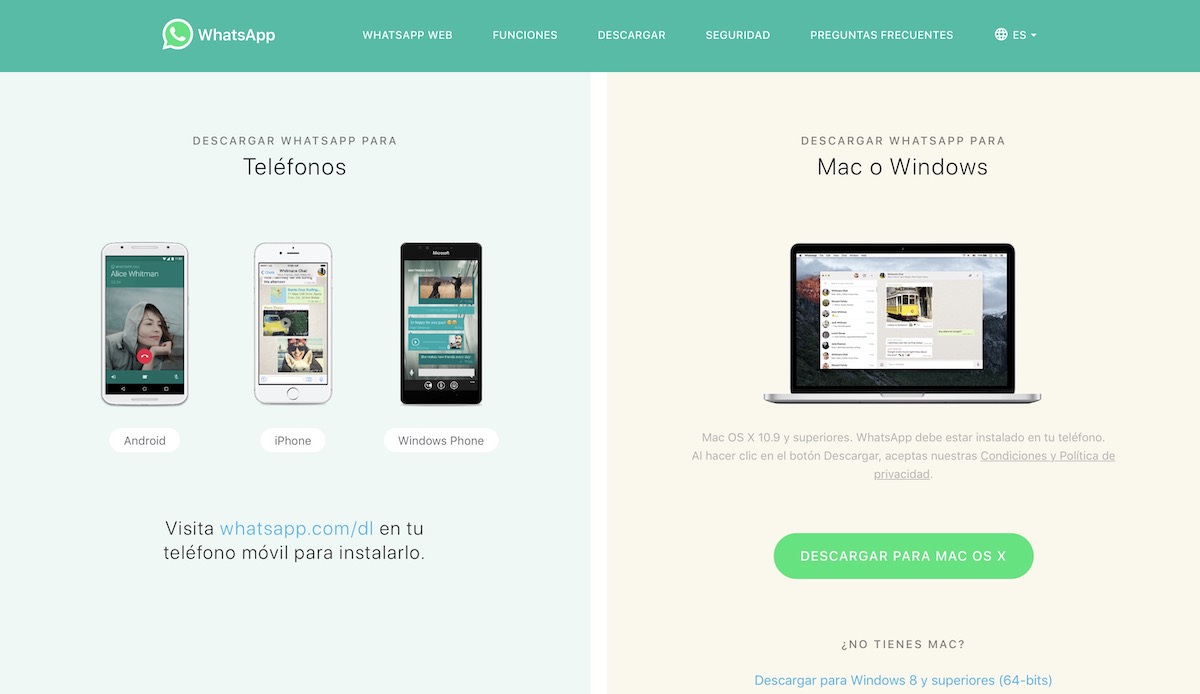

In today’s world, consumers expect to contact businesses via the channels they use in their everyday lives such as WhatsApp, Facebook Messenger, Twitter, SMS and email. Recognizing the importance of providing omnichannel customer service, contact centers allow customers to engage with a business via multiple channels - from voice to email, social media and mobile messaging, SMS and web chat. What is a Contact Center?Ī contact center (or contact centre) is the more modern adaptation of the call center, offering a wide breadth of customer service channels in addition to phone calls.

They may also provide other services such as billing, debt collection, sales calls or telemarketing.įor the most part, a call center is often depicted by a large on-premise office space filled with desks and cubicles, and countless customer service representatives sitting side-by-side with headsets on, constantly transitioning from one customer call to the next.īy focusing solely on telephone calls as their customer service channel, call centers prioritize KPIs such as Average Speed of Answer (ASA) and Average Handle Time (AHT), optimizing the phone channel to make the customer experience as efficient as possible. Call center agents, often referred to as Customer Service Representatives, handle customer inquiries, tech support, and customer service issues. What is a Call Center?Ī call center (or call centre) is the more traditional function of the two, servicing inbound and outbound phone calls from customers. In this article we explore the differences between a call center and a contact center, identifying the features that help businesses deliver personalized customer experiences that increase customer satisfaction scores and ultimately drive customer loyalty.


 0 kommentar(er)
0 kommentar(er)
